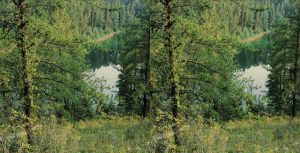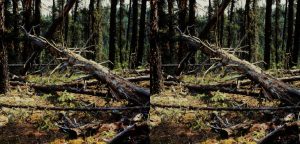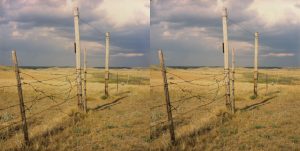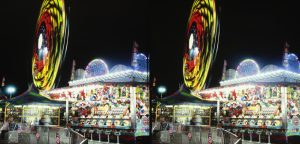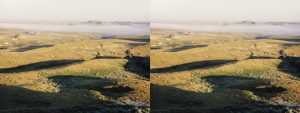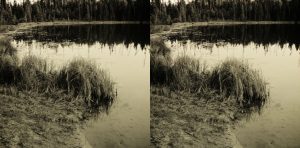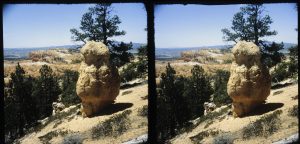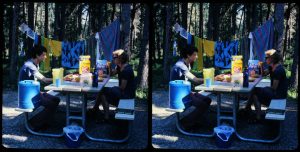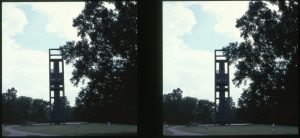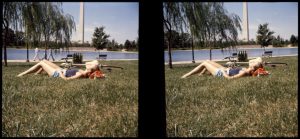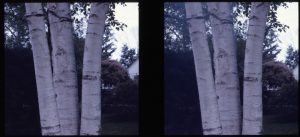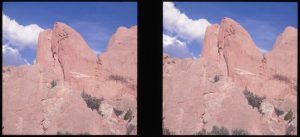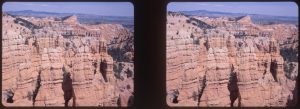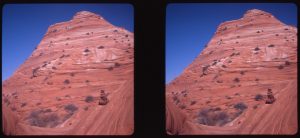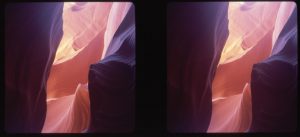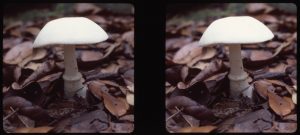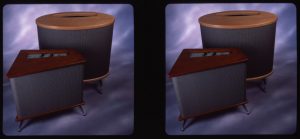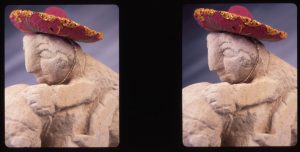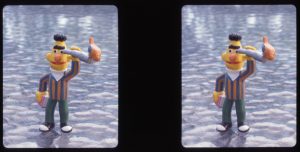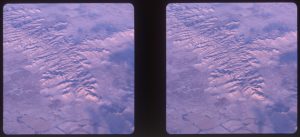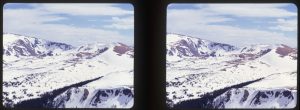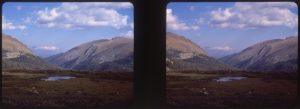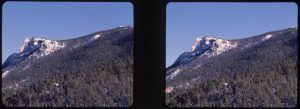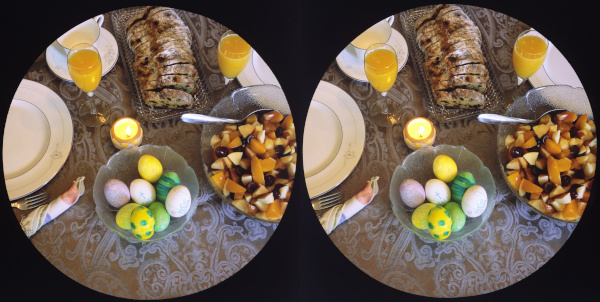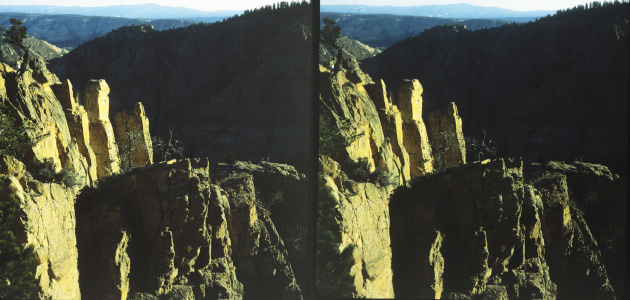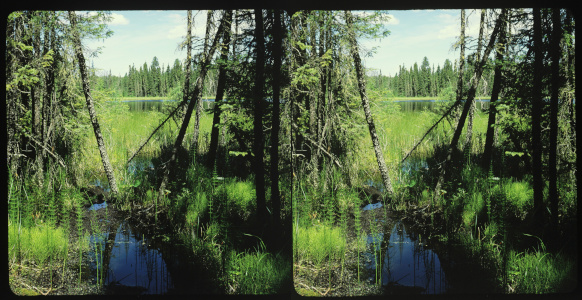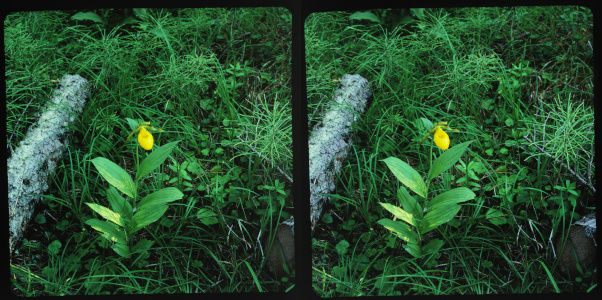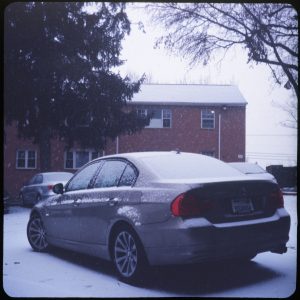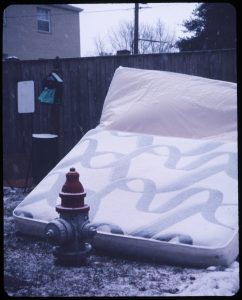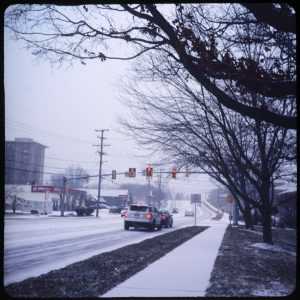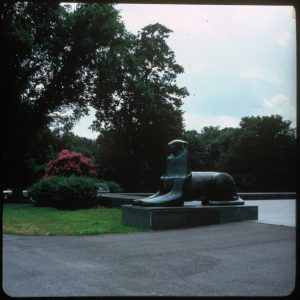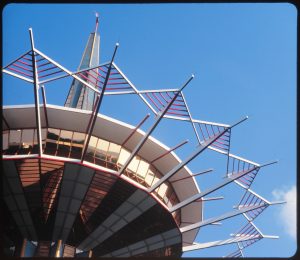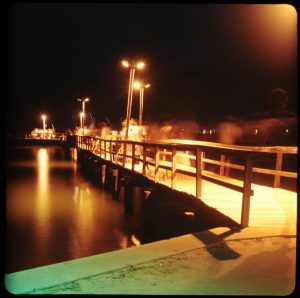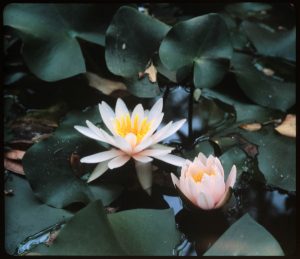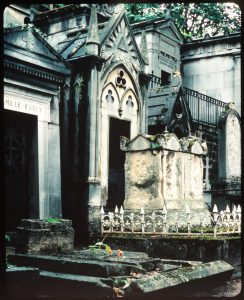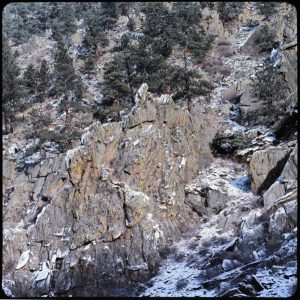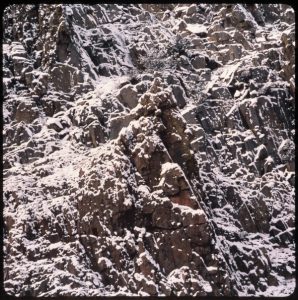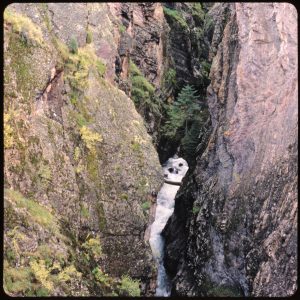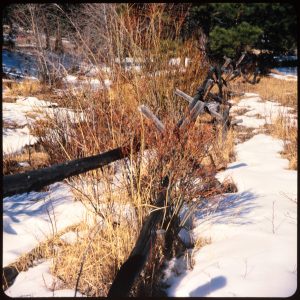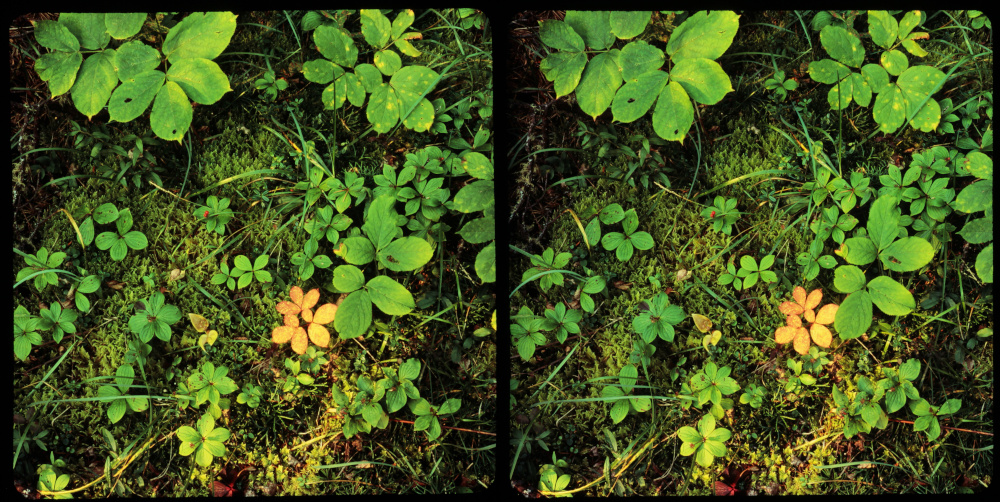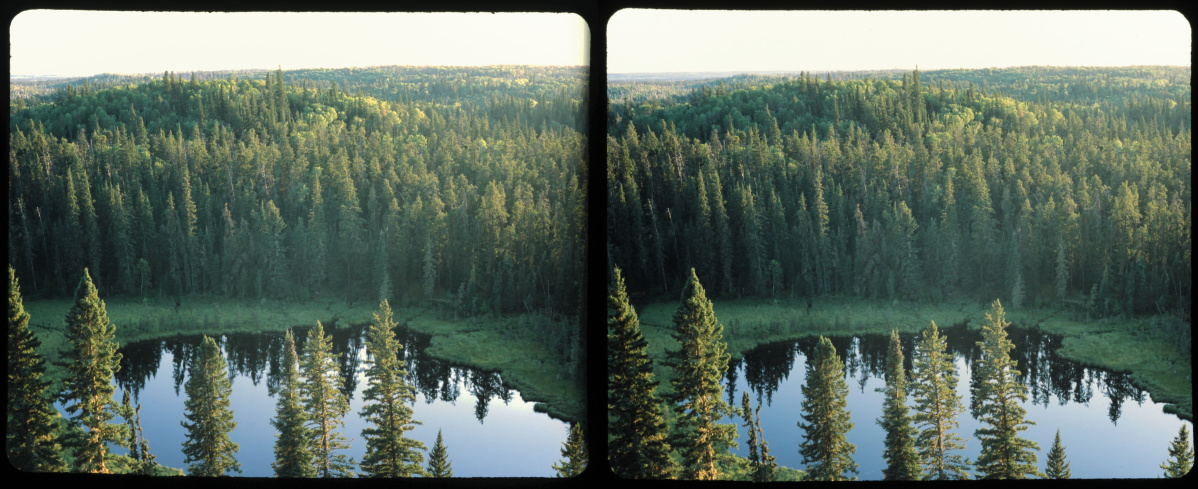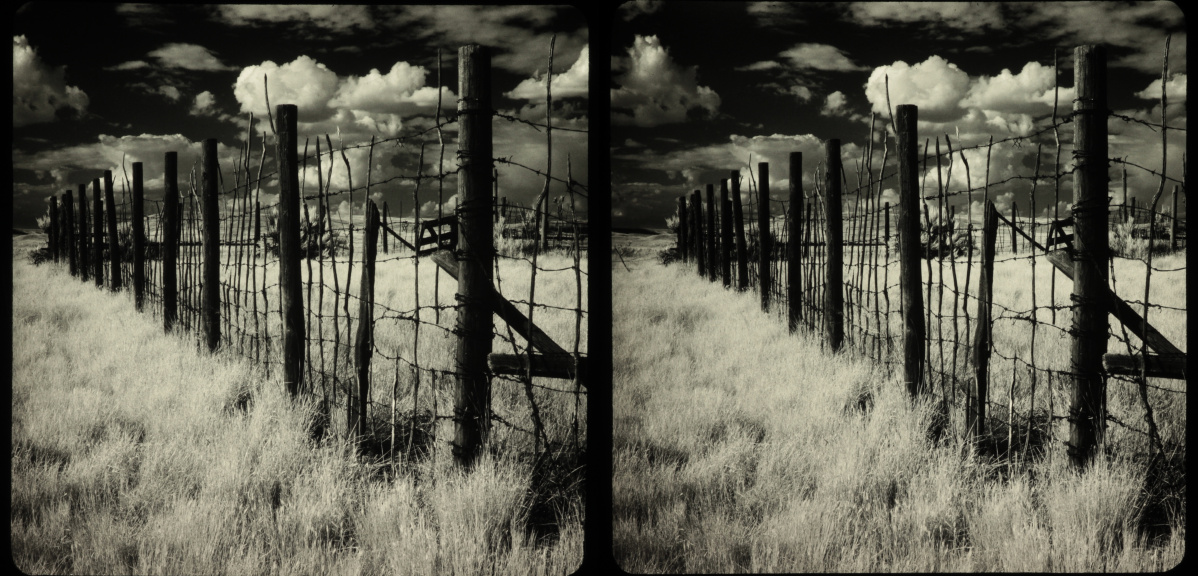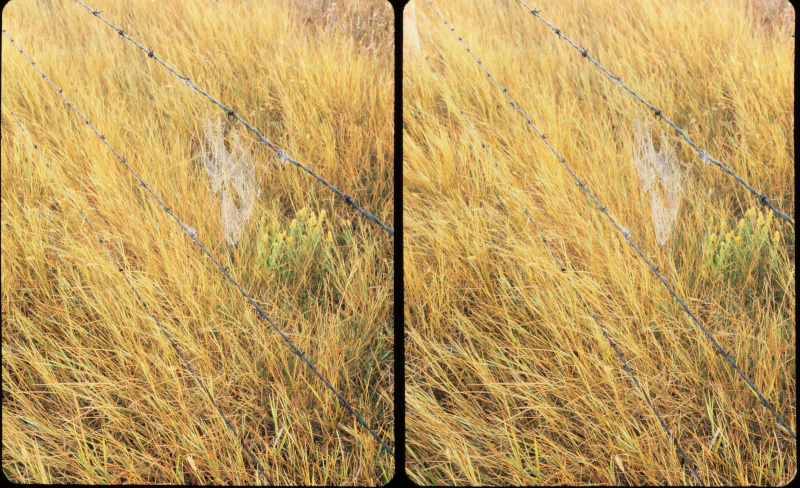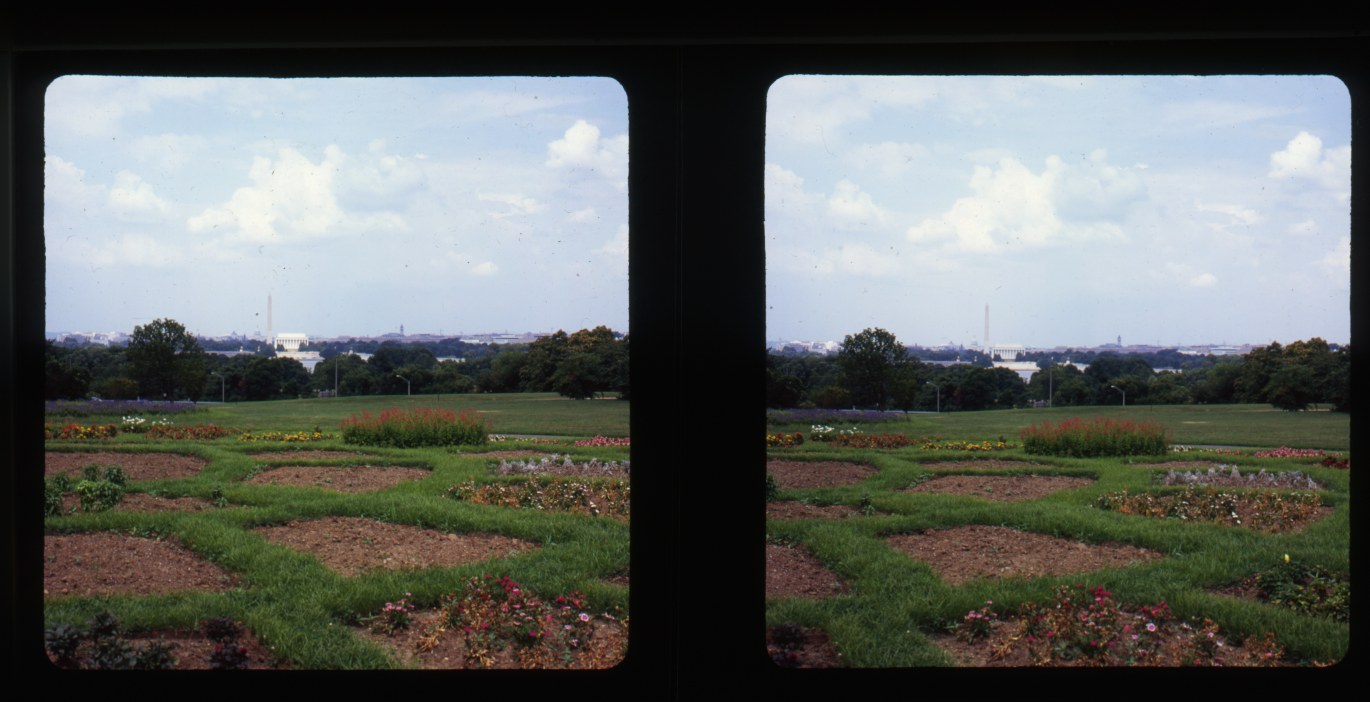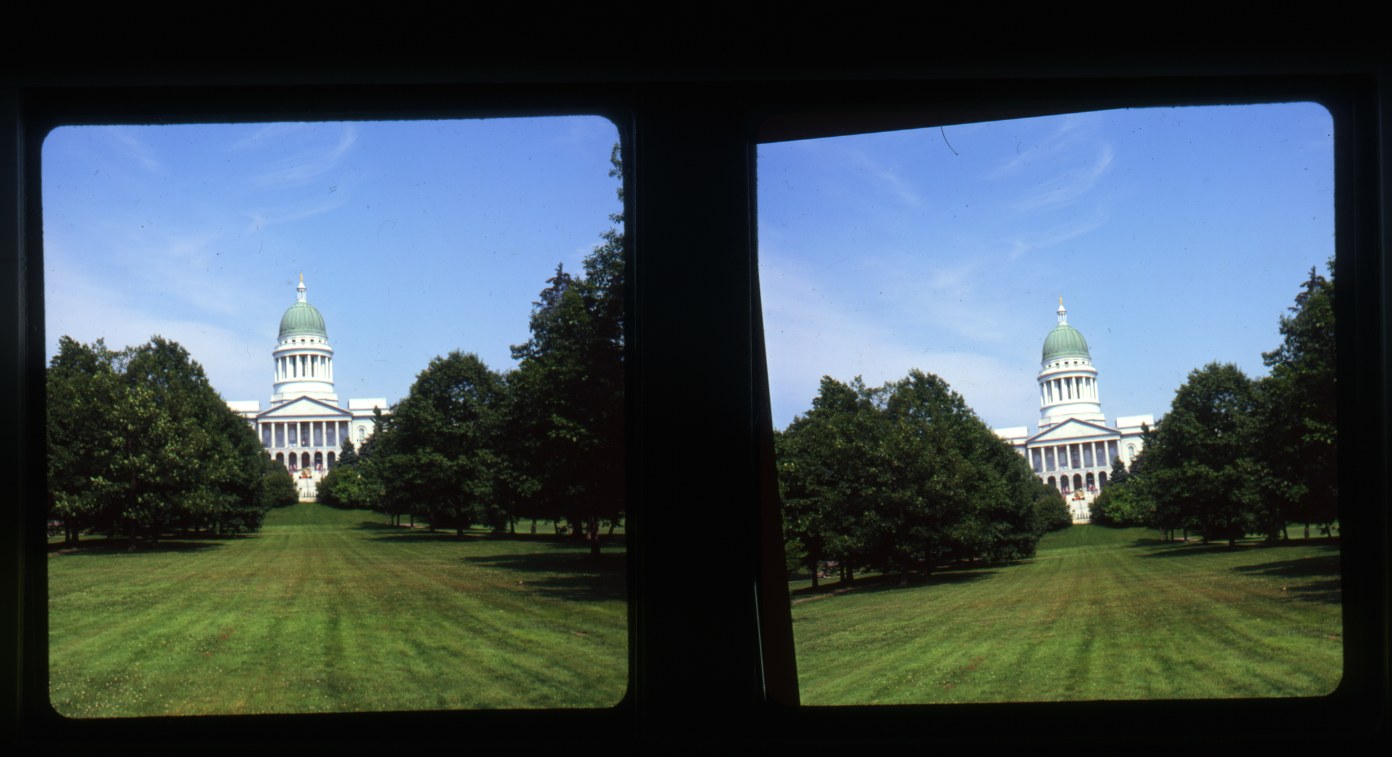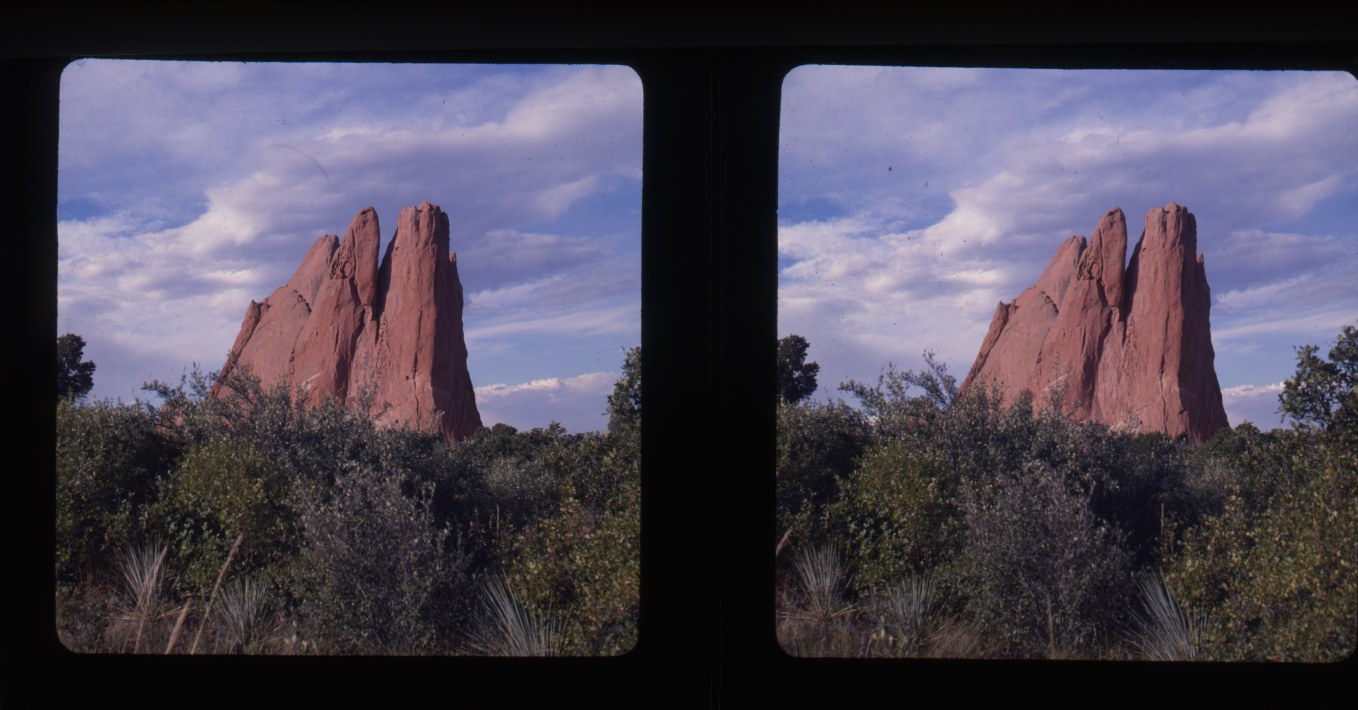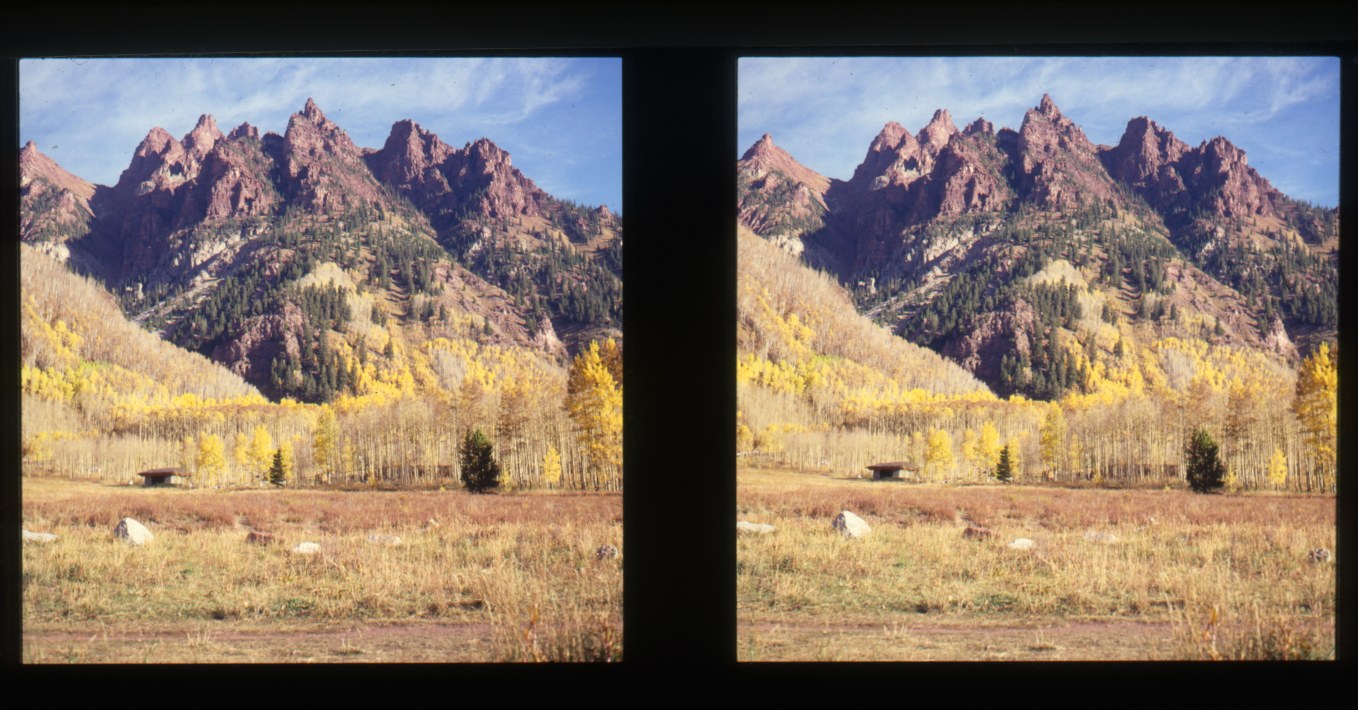Please leave your comments for Bert McIlwain’s D25 submission below this post.
-Ian Andvaag
Author Archives: Ian Andvaag
Ian Andvaag D25 submission
I’m a bit short on time, so my comments on my submission are a bit sparse, my apologies. My first two submissions this round are from Narrow Hills Provincial Park. I wish Fallen Pine was a half stop darker. What’s your technique for metering? I have a Pentax Spotmeter V, but I don’t think I had very good technique as many of my slides were overexposed when I used it. I mostly use a Gossen Luna Pro F nowadays, but I would like to up my game and learn how to spot meter properly. If any of you have tips or resources, I’d be glad if you’d share them with me.
Next is Cattle Gate, from Grasslands National Park. There is an exposure mismatch that I can detect in the sky, not sure why this is as this was on my TL-120. Maybe the batteries where getting low? Has anyone else experienced this? I don’t think I’ve noticed it on other shots I’ve taken since.
Finally, a photo from the Saskatoon Exhibition. I don’t think this is as good as Bob and Timo’s slides of the fair, but I did enjoy going and taking some nighttime photos of the rides a few years ago. I wish I could control the lens flare a bit better, but I guess it comes with the territory when you shoot directly into bright lights.
Scrutinizing Sharpness (Ian Andvaag A33)
Jim Roy D24 submission
Paul Talbot D24 submission
Bert McIlwain D24 submission
Joel Alpers D24 submission
Ian Andvaag’s D24 submission
For this round, I set aside fifteen or so slides and asked a few people to suggest which four I should submit. There wasn’t perfect agreement, but I think these four came out on top.
I was inspired by Paul Gillis’ D22 submission “Drill, Grind & Dry” to try some more still life in MF3D, as I think it has been somewhat underrepresented in the folio. This view of the breakfast table at Easter was taken from a pretty unconventional perspective, but I wanted to limit the far point so I wouldn’t record too much on-film deviation. I had hoped to mount the image with the orange juice protruding through the window, but I was thwarted by the fruit bowl being closer to the camera. Oh well, the window isn’t so important in MF3D anyway.
In 2018, some friends and I went on a road trip to Utah — it’s about the closest place that you can get decently warm weather in April. We did a lot of hiking, and I wanted to keep weight down so I brought my Sputnik rather than my TL120. I also didn’t bring a light meter, so this one turned out a bit darker than I’d hoped.
My last two submissions this round are from one of Saskatchewan’s National Parks, called Prince Albert National Park. It is better known as Waskesiu, which is the name of the lake where the town-site and cabins are located. This slide was taken on a 7 km trail quite near to the town-site.
Our campground at Waskesiu had several bright yellow lady’s slippers in bloom. The weather was punishingly hot, and so we spent a fair bit more time in our campsite rather than hiking. I challenged myself to shoot a full roll on the lady’s slippers. A question to all the close-up aficionados — how do you get enough depth of field to get everything sharp in medium format? I believe that I am well under MAOFD with this slide, but I can’t get everything sharp at f/22 unless I use a conventional depth range of 3-4 meters to infinity. Should I try to shoot with the camera pointed straight down to limit the distance of the background? When indoors, a wall can be used to limit the depth, but often I find it challenging to come up with a pleasing composition outdoors which has a limited depth range.
Jim Roy’s D23 submission
Note: I’ve had some issues getting Jim signed up on the site, so I’m posting this description he sent to me. -Ian Andvaag
Newly included slides are mostly taken with a Sputnik acquired from Paul Gillis, but badly metered on a dark snowy day. They are “Bit of Snow” taken at our first snowstorm, “Ultimate Rest”, taken at our nearest apartment trash fort and hydrant, “A Little Snow” on Woodrow Wilson Boulevard just outside our apartments, and “Netherlands Memorial Lions”, taken at Marine Memorial Park’s Netherlands Carillon (recently restored) with a hand held Rolleiflex in the 1990s. I wish I still had that camera, since I reduced my camera pile from 88 in 2004 to “only” 28 today. The only 120 film ones left are a 1960 vintage Sputnik, 1930 giveaway cardboard Kodak 50th Anniversary, and a 1926 Rolleidoscop which needs repair.
Jim Roy
Nik Sekhar A32 Submission
[This post was created by Ian Andvaag on August 2, 2023 to create a place for people to leave comments on Nik Sekhar’s slides. It has been dated to February 4, 2022 which is when Nik had the folio.]
[Flowers Close-Up]
[Front Yard]
[Nik’s Son Holding Cat]
[Star Wars Birthday Cake]
Bert McIlwain’s D23 submission
Joel Alpers’ D23 submission
Ian Andvaag A32 submission
Two of my contributions to this loop, Boreal Floor and From the Esker were taken at Narrow Hills Provincial Park in northern Saskatchewan. The latter was taken from an esker (ridge of earth pushed up by the last glacier) that runs along the park. It provides a nice vantage point looking over the boreal forest and numerous small lakes. Here I attempted a hyper stereo with my TL-120 by covering one lens and moving the tripod about a metre between exposures. There was a significant amount of smoke from wildfires in the area when I last visited the park, so unfortunately the sky was washed out and featureless in all of my slides.
The other two images were taken at Grasslands National Park very near the Saskatchewan-Montana border. Crested Wheat Corral is in the west block of the park where the remains of several small ranches can be found. The area is very arid, and ranchers tried tilling the soil to improve the pasture, but this turned out to be a poor practice. They introduced Crested Wheatgrass (native to Russia) to the disturbed soil with limited success, but it did prevent further erosion. Large portions of the park still contains undisturbed virgin prairie, which is probably one of the most disturbed landscape types on the globe due to its agricultural usefulness. It’s somewhat off-topic for MF3D, but I made a surprisingly successful silver gelatin print from this slide by making an internegative. I think that this approach yields much better results than a direct reversal print.
Ian Andvaag’s D23 submission
Jade Lake (Narrow Hills Provincial Park, SK)
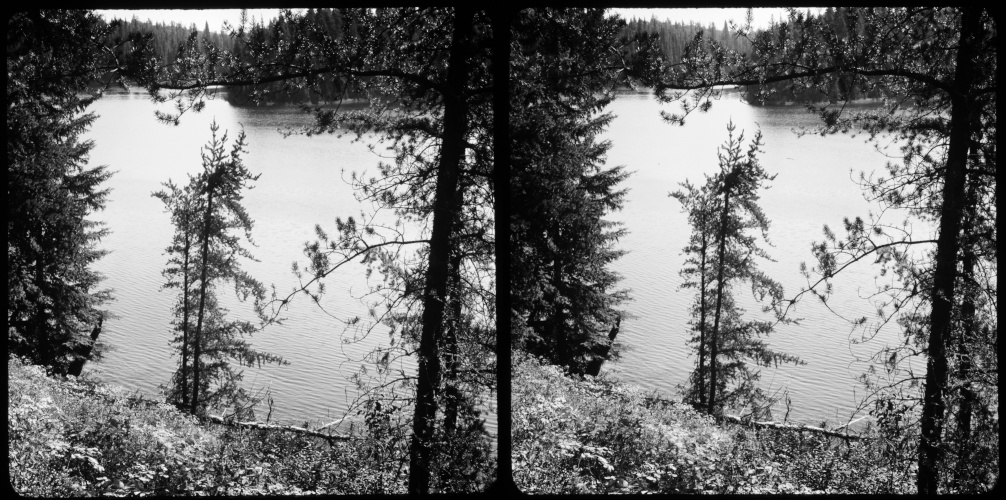
The last round I submitted a couple images I took at Narrow Hills Provincial Park, but not at this location. This is a lovely location in the North West section of the park with seven small (but very deep) lakes with very clear water. They are called the Gem Lakes, so-named for their rich blue and green colours. A network of trails runs around the lakes with several camping locations. I pitched my tent at the Diamond Lake site for two nights, which gave me a full day from dawn to dusk to photograph the area. The trails only total a length of about 6 km, so I did about 3 loops around the lakes throughout the day. This is a high spot overlooking Jade Lake. The spruce tree in the foreground is perhaps a bit gratuitous or cliche, but I thought it looked pretty and gave a good impression of what it is like to look down at the lake from the trail. The film is Delta 100, home-developed in D-67 reversal.
Meewasin Trail – Fall (Saskatoon, SK)
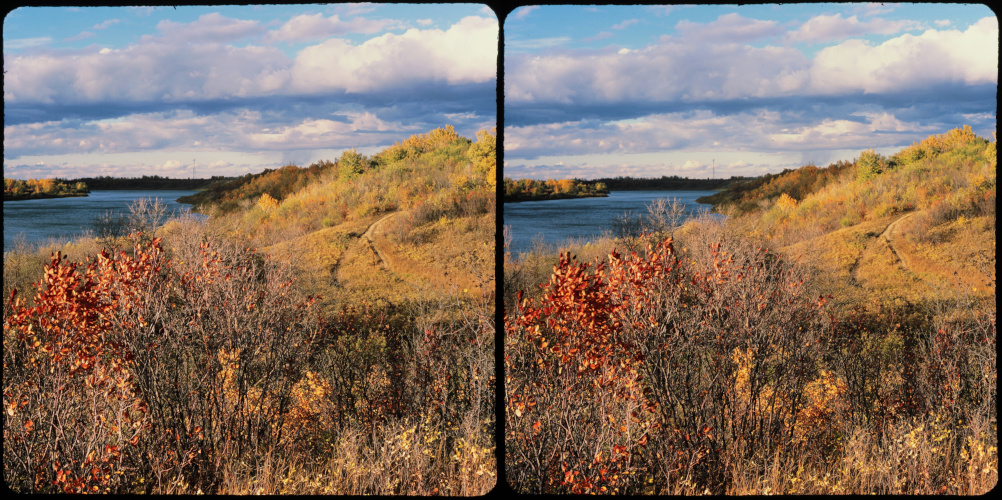
Meewasin Trail – Winter (Saskatoon, SK)
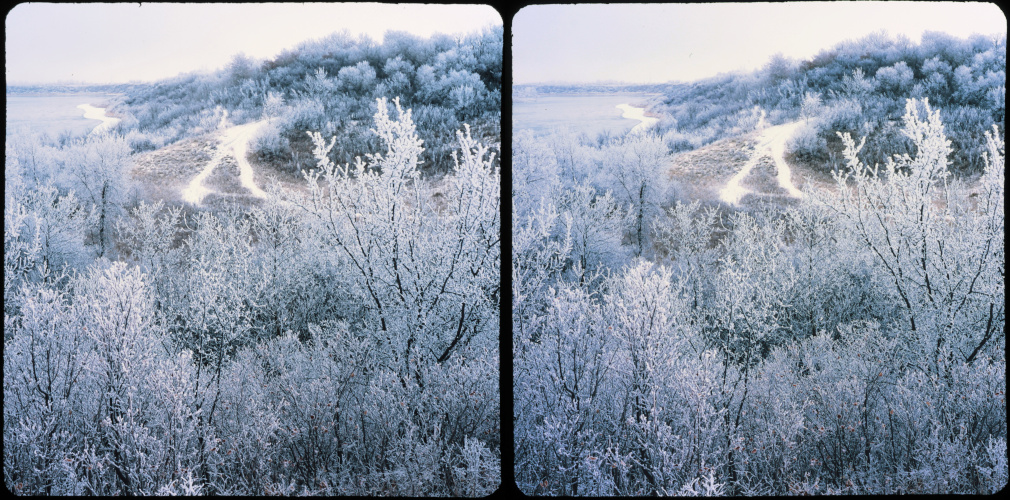
This is a section of trail quite near to my apartment in Saskatoon. It’s not the most remarkable location, but due to its proximity, I do get the opportunity to photograph it a lot (although I haven’t been recently). It’s the location I go to when there is some interesting light from a clearing storm or when there is hoarfrost in the winter before it gets blown off in the wind. The power plant and waste water treatment plant discharge into the river about 15 km upriver, so this section never completely freezes over. I thought the two images contrast each other nicely, although perhaps it’s a bit too repetitive since they are both taken from nearly the same perspective.
Tundra Swan (Wascana Waterfowl Park, Regina, SK)

In my hometown of Regina, there is a bird sanctuary beside the creek. There are some “display ponds”, but the grounds are really not that attractive. Although the birds are not captive, they are not easily frightened since they are used to being fed. In the shade it was rather dim using ISO 100 film, and I really was at the limit of what I could manage in terms of exposure. Handheld Tl120, not sure of the exposure settings, perhaps 1/60 and f/8. The shutter speed wasn’t enough to freeze the swan. There wasn’t enough DOF to cover the background or the foreground, but it wasn’t particularly interesting, so I just cropped it out. Next time I’ll hopefully have a flash with me, or maybe I’ll consider pushing Provia. I enjoy viewing these type of “action shots”, but I find them very challenging to take!
